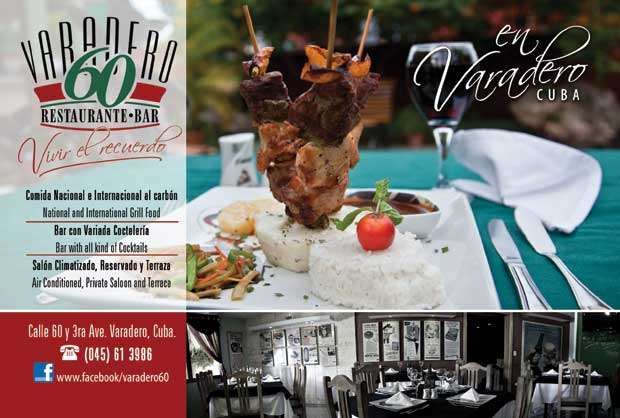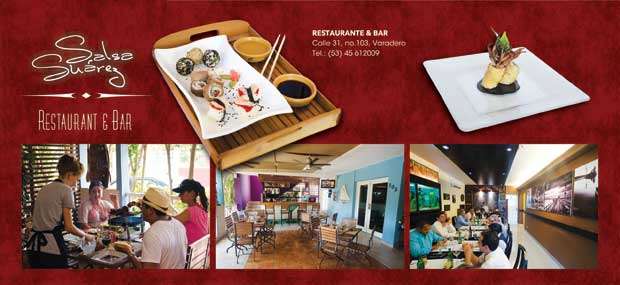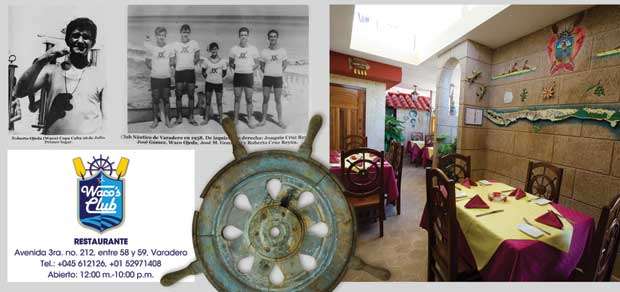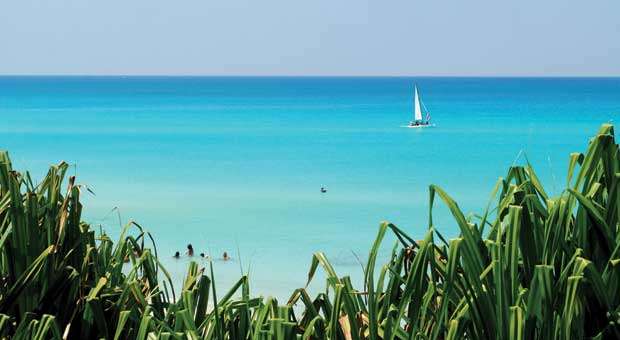Varadero is more than 22 kilometers of beaches with exceptional sand; colorful warm, clean waters; wonderful sunshine and the point in Cuba closest to the United States. It is also history, culture and memories of a fishing village and its hardworking inhabitants.
Its origins go back more than 6,000 years, based on prehistoric art and other evidence of pre-agro-pottery indigenous communities found in caves such as the Cueva de los Musulmans, the Cueva de Ambrosio, and other sites.
For five centuries, its most important activity was a saltworks, located on a coastal point in the central-northern area of the Peninsula of Hicacos. Its economic takeoff began in 1883, when 10 families from the city of Cárdenas, part of an association known as Los Decenviros (The Decemvirs) decided to develop the village, drawn by its exceptional beaches and weather.
The rise of tourism goes back to the 1930s, and it grew rapidly in the following decade, when Varadero became the favorite place of the Cuban bourgeoisie and visitors from the United States, who took up a quote from U.S. President Franklin Delano Roosevelt: “Varadero is the ideal beach for tourism.” With the Revolution, its development was accelerated, and today it has more than 50 hotels and excellent tourist services.
With all of this information, I traveled to Varadero in June to learn a little bit about its people, its ordinary folk.
I arrive at noon at the former “Park of 8,000 Lockers,” built in 1959, now a shopping center. Varadero’s downtown area is very peaceful and pleasant; here and there you can spot a tourist or two strolling its streets.
At a sales kiosk offering food in Cuban pesos, I spend less than two Convertible pesos (CUC) to enjoy a traditional Cuban meal: congrí (rice and black beans), salad, pork steak, root vegetables, and a glass of tamarind juice. One of the stand’s regulars, dressed in shorts, tank top and flip-flops, chats with the vendor: “Sales are slow.” “Of course; if the artisans aren’t selling, they can’t spend,” the seller replies. They inform me that June is the low season for international tourism and the start of the arrival of domestic tourists. Varadero is an opportunity and also a challenge for its 18,000 permanent residents; the economic potential that tourism holds is becoming increasingly divided, considering the town’s floating population of 24,000, most of whom are trying to improve their standard of living.
In a conversation with Tere-sa Quián Núñez, whose first
surname belongs to one of Varadero’s founding families, I learn that the best-off families are the ones involved in tourism: they work in hotels, gastronomy, construction, transport, management, art, creative work, public order, self-employment….
However, because this is an expensive place to live compared to the rest of Cuba, there is also a disadvantaged sector: senior citizens, retirees, fishermen, domestic workers, gardeners, people who collect recyclable materials, and those who are unemployed temporarily or permanently. For them, day-to-day life is more difficult, and this poses a concern and challenge for the State.
Teresa Quián describes characters that livened up Varadero’s fiefsta, singing serenades and dancing the “Mamerto, tiempo muerto” conga. Some of them are gone now, such as Victorino García The Violinist, Canica The Baker, Zarzamora “The Black Man”, Pata Fina (“Skinny Legs”), Cara de Vieja (“Old Woman’s Face”) and Saturnino (El Curro)….
She invites me to visit interesting local folk, including the photographer Carlos “Carlucho” E. Vega Fernández, a quixotic figure with a vast body of work—accomplished with his self-taught skills—whose sensitive eye allows him to see and share the beautiful in everything. He is a conceptualist, social-minded photographer who has shown his work in Cuba, Spain, Italy, Canada, and England….
And another man, Eduardo Calderón Machado, who inherited the abilities of his grandmother, Paula Sánchez, who immigrated to Varadero from Agramonte in 1928 and discovered the art of making exclusive necklaces. José Calderón Sánchez, Paula’s son, an artisan and poet, learned the trade from her and passed on its secrets to his son Eduardo.
From seashells thrown up by the waves, Eduardo makes creations that can melt the hearts of the most demanding customers: dolls, jewelry boxes, monsters, gardens, funny and innocent mulattas and black saleswomen, musicians—an extraordinary world.
Many more of Varadero’s representatives could be mentioned, but it was time to head back. I had discovered some of the best-kept secrets of the history and culture of Varadero.
If you visit Varadero, OnCuba suggests you:













